
In today's article, we will explore the essential guidelines for thriving indoor vegetable gardening. Whether you are a seasoned gardener or a beginner, these guidelines will provide you with the knowledge and expertise needed to successfully grow vegetables indoors.
From choosing the right vegetables to preparing containers and understanding light requirements, we will cover all the necessary aspects to ensure a fruitful indoor gardening experience.
Join us as we delve into the world of indoor vegetable gardening and unlock the secrets to a bountiful harvest.
Choosing Vegetables
When choosing vegetables for indoor vegetable gardening, it is important to consider their suitability for the indoor environment. Certain vegetables thrive better indoors than others, so it is crucial to select varieties that can adapt to limited space, lower light levels, and controlled temperatures.
Additionally, container material plays a vital role in the success of indoor gardening. Opt for containers made of materials like clay, plastic, or fabric that provide proper drainage and adequate air circulation for the plants' roots.
Another aspect to consider is companion planting, which involves growing compatible plants together to promote healthier growth and deter pests. Some vegetables, such as tomatoes and basil, have a symbiotic relationship and perform better when planted in close proximity.
Preparing Containers
Preparing containers is a crucial step in successful indoor vegetable gardening. When choosing containers, consider the size based on the specific vegetables you plan to grow.

Adequate drainage and moisture control are essential to prevent waterlogged soil and root rot. Additionally, selecting the right soil with proper nutrients and pH levels will provide a healthy environment for your vegetable plants to thrive.
Container Size Considerations
Containers play a crucial role in successful indoor vegetable gardening, and selecting the appropriate size is essential for optimal plant growth and development. When it comes to container size considerations, it is important to take into account the space requirements of the vegetables you wish to grow.
Different vegetables have varying root systems and growth habits, which directly affect the size of the container they need. Larger vegetables like tomatoes and peppers require deeper containers to accommodate their extensive root systems, while smaller plants like lettuce and herbs can thrive in shallower containers.
Additionally, consider the number of plants you want to grow and the available space in your indoor garden. Providing enough room for each plant to grow comfortably will help prevent overcrowding and competition for resources, leading to healthier and more productive plants.
Drainage and Moisture Control
To ensure optimal plant growth and prevent waterlogging, proper drainage and moisture control are essential in preparing containers for indoor vegetable gardening. Here are four key drainage techniques and moisture control tips to consider:
- Select containers with drainage holes: Choose pots or containers that have drainage holes at the bottom. This allows excess water to escape, preventing waterlogging and root rot.
- Use well-draining soil mix: Opt for a high-quality potting mix that provides good drainage. Avoid heavy soils that retain moisture for too long, as they can lead to overwatering and poor plant growth.
- Monitor humidity levels: Indoor environments can often be dry, especially during winter. Place a tray filled with water near your plants to increase humidity levels. Alternatively, mist the leaves regularly to provide moisture.
- Avoid overwatering: Only water your indoor vegetable garden when the top inch of soil feels dry. Overwatering can lead to root rot and other moisture-related issues.
Choosing the Right Soil
When selecting soil for indoor vegetable gardening, it is important to choose a high-quality potting mix that promotes optimal plant growth. Soil quality plays a crucial role in the success of your indoor garden. Look for a potting mix that is well-draining and rich in organic matter. This will ensure that the soil retains moisture while allowing excess water to drain away, preventing root rot and other water-related issues.
Additionally, consider the pH levels of the soil. Most vegetables prefer a slightly acidic to neutral pH range of 6.0 to 7.0. Testing the pH of your soil and adjusting it if necessary will help create a favorable environment for your plants.
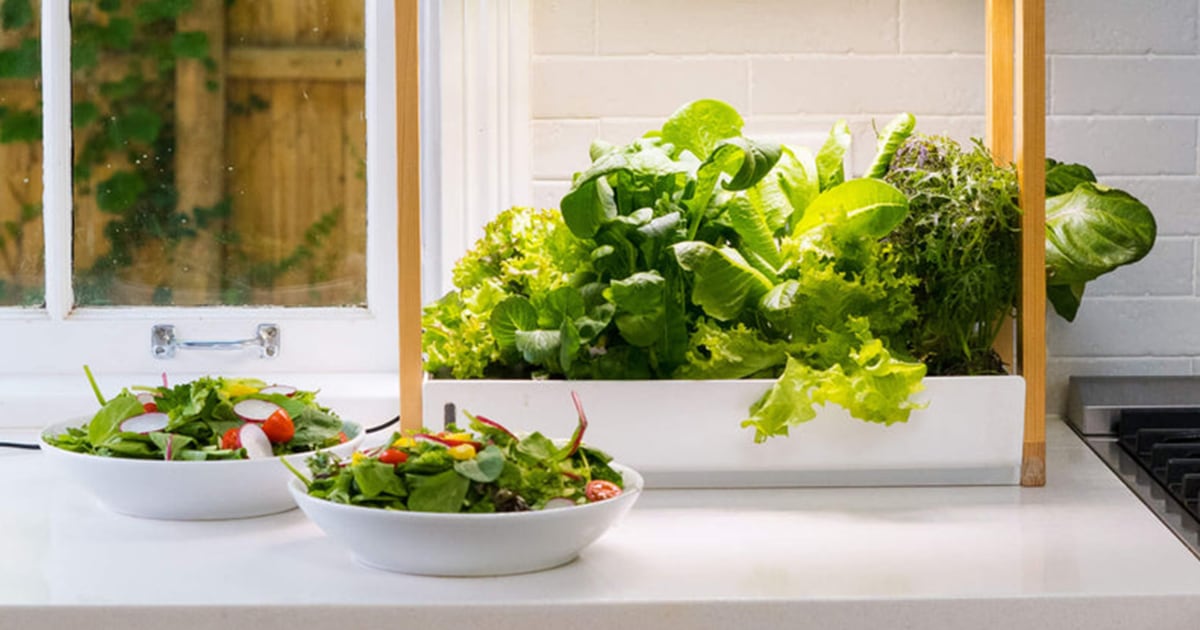
Light Requirements
When it comes to indoor vegetable gardening, understanding the light requirements of your plants is crucial for their success. Whether you are utilizing natural sunlight or artificial lighting, it is important to ensure that you are meeting the specific needs of each plant.
Maximizing light availability through proper placement and avoiding any obstructions will help optimize growth and yield.
Sunlight or Artificial Lighting
The light requirements for indoor vegetable gardening play a crucial role in the success of your plants' growth and productivity. Whether you choose to rely on sunlight or artificial lighting, understanding the specific needs of each vegetable is essential.
Here are four important factors to consider when it comes to providing the right light for your indoor garden:
- Sunlight vs. shade: Some vegetables thrive in full sunlight, while others prefer partial shade. Research the light requirements of the vegetables you plan to grow and place them accordingly.
- Natural vs. artificial light: If your indoor space lacks sufficient sunlight, artificial lighting can be a great alternative. LED grow lights are energy-efficient and provide the specific light spectrum needed for plant growth.
- Duration of light exposure: Most vegetables need about 12-16 hours of light per day. Make sure to provide consistent and uninterrupted light to promote healthy growth.
- Light distance and intensity: Adjust the distance between the light source and your plants to ensure they receive the appropriate amount of light. Consider using reflectors to maximize light distribution.
Meeting Plant's Needs
To meet the light requirements of your indoor vegetable garden, it is crucial to provide the appropriate amount and quality of light for optimal plant growth and productivity. Indoor gardening techniques often involve the use of artificial lighting, which can be customized to meet the specific needs of different plant varieties.
When selecting lighting options, consider the intensity, spectrum, and duration of light that each plant requires. Most vegetables need at least 12-16 hours of light per day for healthy growth. LED grow lights are a popular choice as they provide the necessary light spectrum for photosynthesis while being energy-efficient.
It is important to position the lights at the correct distance from the plants to prevent burning or stretching. Regularly assess your plants' light needs and adjust the lighting setup accordingly to ensure they thrive in your indoor vegetable garden.
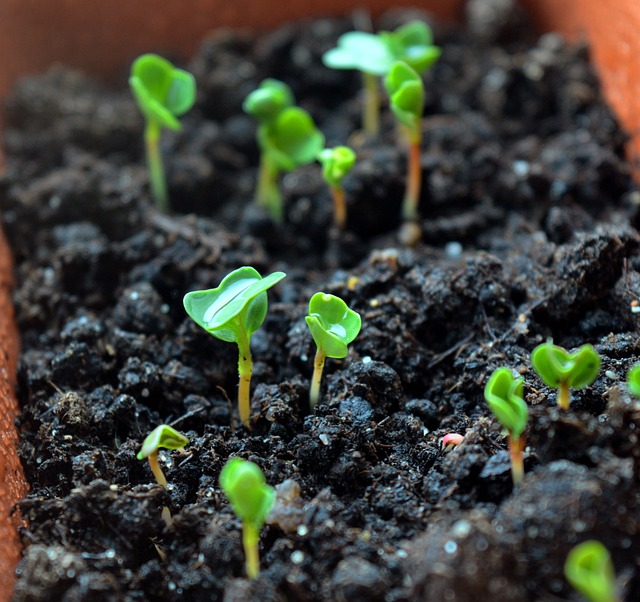
Maximizing Light Availability
Maximizing light availability is essential for optimal growth and productivity in indoor vegetable gardening. Indoor gardens often lack natural sunlight, so it is crucial to provide sufficient light for the plants. Here are some guidelines to help maximize light availability:
- Choose the right location: Place your vegetable garden near a window that receives the most sunlight. South-facing windows are ideal as they provide the most light throughout the day.
- Utilize reflective surfaces: Position reflective materials, such as aluminum foil or reflective panels, around your plants to bounce light back onto them, maximizing space utilization.
- Use artificial lighting: Supplement natural light with artificial grow lights to ensure your plants receive the necessary light intensity and duration. LED grow lights are energy-efficient and provide a full spectrum of light for optimal growth.
- Optimize air circulation: Good air circulation helps prevent heat buildup and reduces the risk of diseases. Use fans or open windows to promote airflow around your plants.
Watering Techniques
Optimizing indoor vegetable gardening requires mastering effective watering techniques. Watering frequency and amount are crucial factors to consider in order to provide the right level of hydration to your plants.
The frequency of watering depends on various factors such as the type of vegetable, the size of the container, and the prevailing environmental conditions. Generally, indoor vegetable plants require consistent moisture, so it is important to check the soil moisture levels regularly. As a general rule of thumb, water your plants when the top inch of soil feels dry to the touch.
When watering, ensure that you provide enough water to thoroughly saturate the soil, allowing excess water to drain out. Overwatering can lead to root rot and other issues, so it's important to strike a balance and avoid both underwatering and overwatering.
Harvesting Tips
Achieve optimal results in your indoor vegetable garden by mastering effective harvesting techniques. Proper harvesting not only ensures that you enjoy the freshest and most flavorful produce, but it also promotes the continued growth and development of your plants. Here are some essential tips to help you harvest your indoor vegetables like a pro:
- Timing is key: Harvest your vegetables at the peak of ripeness for the best flavor and texture.
- Use the right tools: Invest in a sharp pair of pruners or scissors to avoid damaging the plants while harvesting.
- Gentle handling: Handle your vegetables with care to prevent bruising or damage.
- Storage methods: After harvesting, store your vegetables properly to maintain their freshness and prolong their shelf life. Use techniques such as refrigeration, freezing, canning, or drying, depending on the type of vegetable.
Pest Control
To effectively manage pests in your indoor vegetable garden, it is important to implement proactive pest control measures. By using organic methods and natural remedies, you can effectively keep pests at bay without compromising the health and safety of your plants.
One of the most effective ways to deter pests is to maintain a clean and tidy garden environment. Regularly remove any dead leaves or plant debris, as these can attract pests.
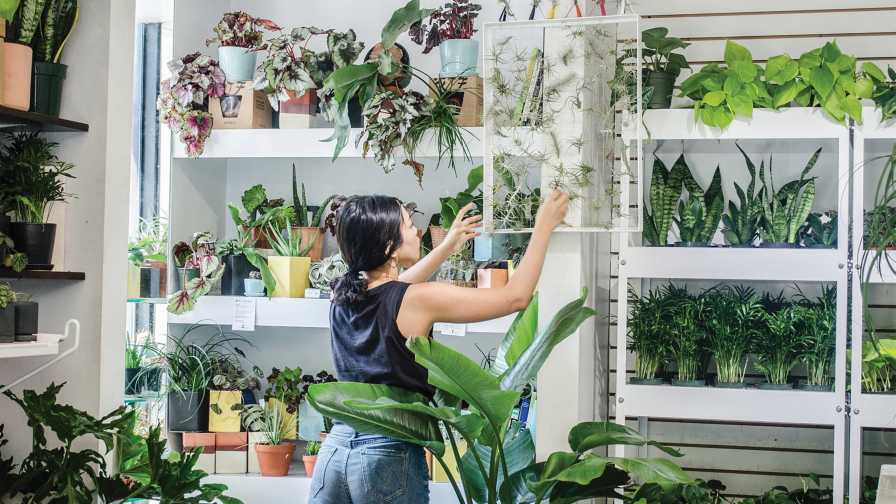
Additionally, consider using companion planting techniques, where certain plants are grown together to naturally repel pests. For example, planting marigolds alongside your vegetables can help deter aphids and other common garden pests.
Another natural remedy is to make your own insecticidal soap using a mixture of water and mild dish soap. Apply this solution to affected plants to deter pests.
Fertilizer Use
To ensure proper nutrition for your indoor vegetable garden, it is essential to carefully consider the use of fertilizer. Fertilizers provide essential nutrients that plants need to grow and thrive.
Here are four important things to know about fertilizer use:
- Fertilizer Types: There are two main types of fertilizers - organic and synthetic. Organic fertilizers are derived from natural sources such as compost, manure, or bone meal. They release nutrients slowly and improve soil health. Synthetic fertilizers are manufactured and provide nutrients in a concentrated form. They are fast-acting but can have negative environmental impacts if not used correctly.
- Nutrient Balance: Different plants have different nutrient requirements. Before applying fertilizer, it is crucial to understand the specific nutrient needs of your indoor vegetables. This will help you choose the right fertilizer with the appropriate nutrient ratios.
- Application Rate: It is important to follow the recommended application rates provided by the fertilizer manufacturer. Over-fertilizing can lead to nutrient imbalances and toxicity, while under-fertilizing can result in nutrient deficiencies and poor plant growth.
- Organic Alternatives: If you prefer to use organic fertilizers, there are several options available. Compost tea, seaweed extract, and fish emulsion are popular organic alternatives that provide a wide range of nutrients for your indoor vegetable garden.
Seed Selection
Considering the importance of nutrient balance and application rates discussed in the previous section, selecting appropriate seeds is crucial for a thriving indoor vegetable garden.
When it comes to seed selection, there are a few key factors to consider.
First, ensure that the seeds you choose are suitable for indoor gardening. Some vegetable varieties, such as compact or dwarf varieties, are better suited for limited space.
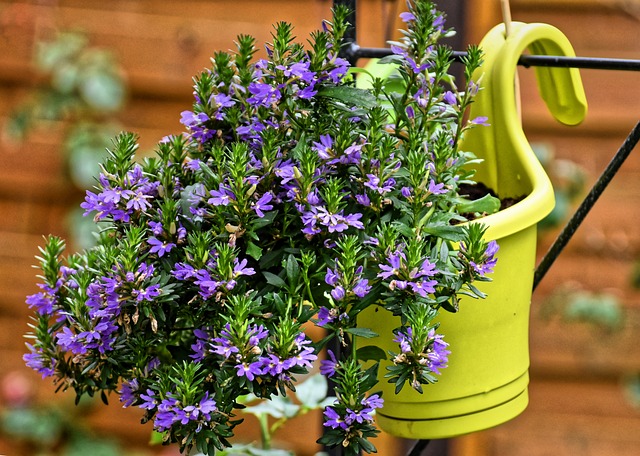
Additionally, consider the seed storage conditions. Opt for seeds that have been stored in a cool, dry place, as this can increase their viability and germination rate.
Lastly, familiarize yourself with different germination techniques. Some seeds may require pre-soaking or scarification to improve germination.
Temperature Control
How can temperature control be effectively managed in an indoor vegetable garden?
Temperature regulation is essential for the success of any indoor vegetable garden. Here are four key tips to effectively manage temperature control and create the ideal climate for your plants:
- Choose the right location: Place your indoor garden in an area that receives consistent temperature and avoid exposure to extreme heat or cold.
- Use a thermostat: Invest in a quality thermostat to monitor and regulate the temperature in your indoor garden. This will ensure that your plants are always in the optimal range.
- Provide adequate ventilation: Proper air circulation is crucial for maintaining the right temperature. Use fans or open windows to allow fresh air to enter and prevent the buildup of heat.
- Use artificial lighting: Indoor vegetable gardens often require additional lighting. Opt for LED grow lights, as they emit less heat and allow better temperature control.
Frequently Asked Questions
How Do I Prevent My Indoor Vegetable Garden From Attracting Pests?
To prevent pests in an indoor vegetable garden, it is important to maintain proper lighting and cleanliness. Regularly inspect plants for signs of infestation, use organic pest control methods, and ensure good air circulation to deter pests.
What Are Some Common Mistakes to Avoid When Watering Indoor Vegetable Plants?
When watering indoor vegetable plants, it is important to avoid common mistakes such as overwatering or underwatering. These mistakes can lead to root rot or nutrient deficiencies, negatively impacting the health and growth of the plants.
Can I Use Regular Potting Soil for My Indoor Vegetable Garden, or Do I Need a Specific Type of Soil?
For an indoor vegetable garden, using regular potting soil may not be sufficient as it lacks the specific soil requirements for optimal growth. It is recommended to use a specific type of soil designed for indoor gardening.
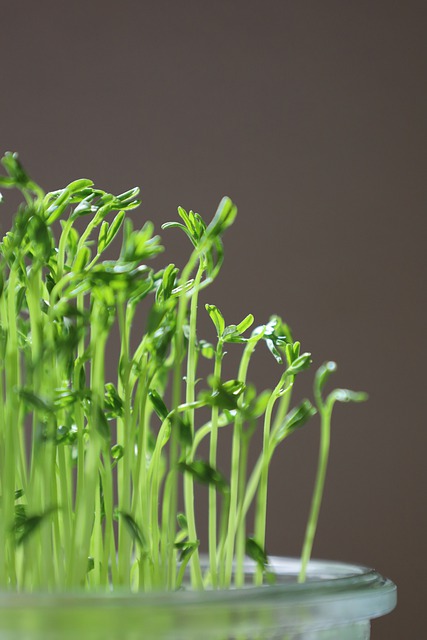
How Often Should I Fertilize My Indoor Vegetable Plants, and What Type of Fertilizer Should I Use?
To maximize growth and yield in indoor vegetable plants, it is important to fertilize regularly. Use a balanced, water-soluble fertilizer specifically formulated for vegetables. Follow the instructions on the product for proper application and frequency.
Are There Any Specific Temperature Requirements for Different Types of Indoor Vegetable Plants?
Different types of indoor vegetable plants have specific temperature requirements. It is crucial to choose the right temperature for indoor vegetable gardening to ensure optimal growth and productivity.
 Business & FinanceHealth & MedicineTechnologyLifestyle & CultureScience & EnvironmentWorld NewsPrivacy PolicyTerms And Conditions
Business & FinanceHealth & MedicineTechnologyLifestyle & CultureScience & EnvironmentWorld NewsPrivacy PolicyTerms And Conditions
